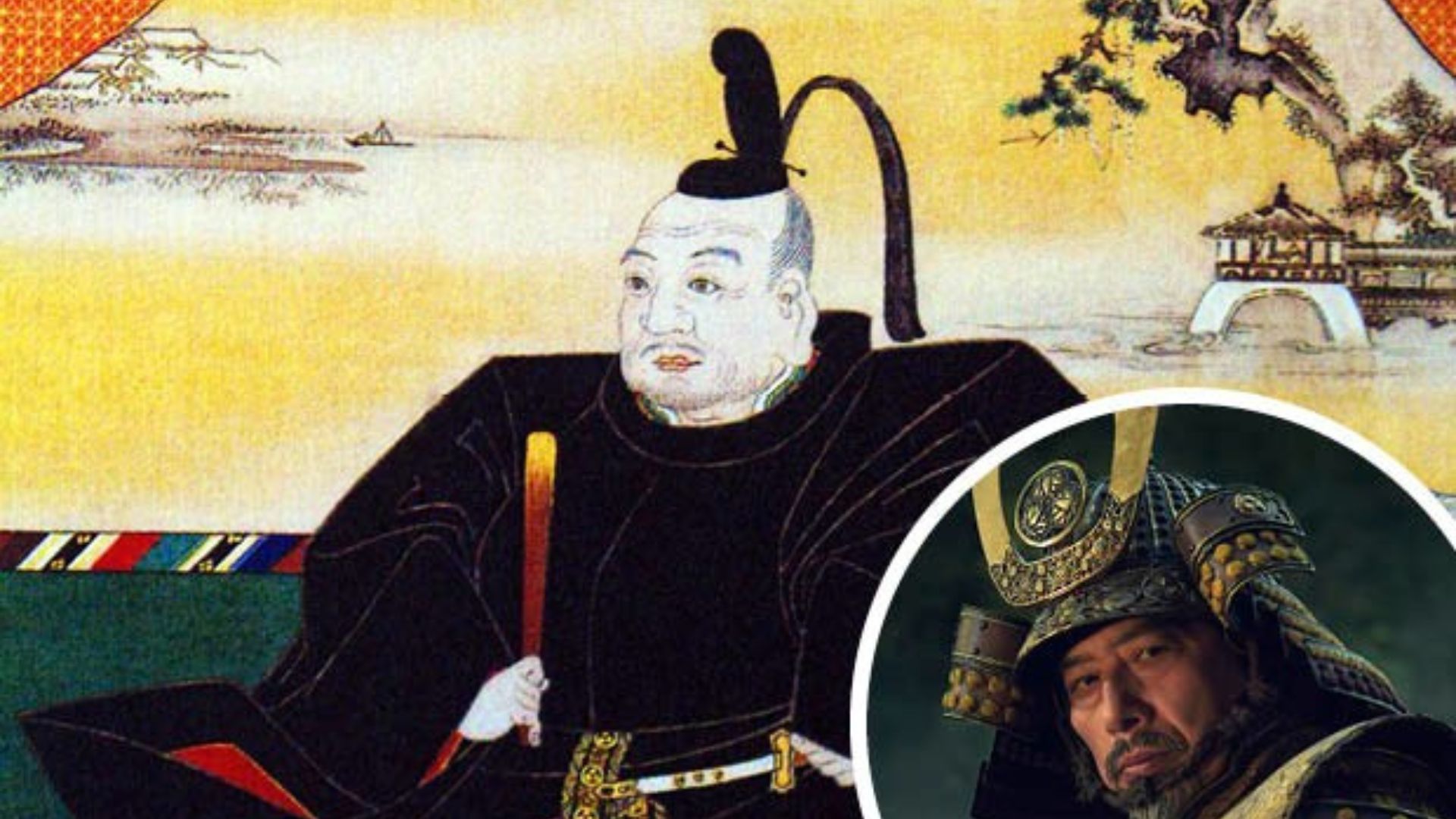Japan is a country where the past and future coexist harmoniously. While known for being at the forefront of technological innovation, it has never lost touch with its deep cultural roots. The balance between embracing the latest technological advancements and preserving centuries-old traditions is a defining characteristic of Japanese society. This delicate equilibrium is evident in every aspect of life, from architecture and transportation to art and daily routines. So, how does Japan manage to seamlessly blend technology with its cultural heritage?
Cultural Heritage as a Foundation for Innovation
At the heart of Japan’s relationship with technology is its cultural heritage, which serves as both a foundation and an inspiration for innovation. Japanese culture places a high value on history, craftsmanship, and respect for nature. This respect is not just about nostalgia but about understanding that tradition can evolve and adapt in modern contexts.
For instance, traditional arts such as tea ceremonies, flower arranging (ikebana), and calligraphy remain highly valued, with practitioners embracing both ancient practices and modern tools. Many artisans today combine contemporary technology with centuries-old techniques to preserve and promote their craft to global audiences. High-definition video, digital media, and e-commerce platforms are often used to share these art forms, making them accessible to the younger generation while maintaining the core values of craftsmanship and artistry.
Smart Cities and Modern Infrastructure
Japan is renowned for its advanced technology, especially in urban planning and infrastructure. Tokyo, one of the world’s most populous cities, integrates state-of-the-art technology with its cultural heritage. Smart city technology ensures that the city is sustainable, energy-efficient, and connected, without compromising the beauty of its historical sites.
The Shinkansen (bullet train) is a perfect example of technological innovation working in harmony with tradition. While it represents a leap forward in transportation technology, it’s designed to uphold Japanese cultural values like efficiency, punctuality, and respect for others. The Shinkansen’s design also reflects Japan’s emphasis on cleanliness, reliability, and respect for time.
Moreover, the cityscape of Kyoto, which has long been a symbol of Japan’s rich cultural history, is carefully managed to maintain traditional aesthetics while accommodating modern needs. While the city’s historic shrines, temples, and wooden houses are preserved, technology is used to ensure that these landmarks are accessible, safe, and sustainable for future generations.

Technology in Preserving Cultural Sites
One of the most notable ways Japan balances technology with heritage is through digital preservation efforts. Japanese temples, shrines, and castles are often centuries old and require constant maintenance to survive the effects of time and natural disasters. To this end, digital technologies, such as 3D scanning and printing, are employed to create accurate models of these cultural landmarks.
For example, the famous Himeji Castle, a UNESCO World Heritage site, used digital models to aid in its restoration after the original structures suffered wear and tear over time. Similarly, Kiyomizu-dera, one of Kyoto’s most iconic Buddhist temples, uses cutting-edge technology to monitor structural integrity and preserve its unique features, such as the temple’s large wooden stage, while still respecting its historical significance.
Integrating Technology in Traditional Festivals
Japan’s seasonal festivals are key expressions of its cultural identity, and technology has found its place in these traditional events. For instance, the Gion Matsuri in Kyoto, one of Japan’s most famous festivals, incorporates modern technology through live-streaming and digital mapping to bring this celebration to a global audience. Visitors can now experience the intricacies of the festival, including the ornate floats and processions, without having to be physically present in Kyoto.
Similarly, other festivals such as Tanabata, Obon, and Setsubun use technology to enhance the experience. Interactive apps, augmented reality (AR) displays, and social media platforms allow participants to engage with the festivals in new ways, all while maintaining the rituals and customs that have been passed down for generations.
Traditional Architecture and Technological Innovation
In the realm of architecture, Japan is renowned for its traditional wooden houses (minka) and historic temples. However, these structures are often vulnerable to natural disasters, such as earthquakes. Japan’s expertise in seismic technology has allowed for the restoration and preservation of many traditional buildings, even in the face of these challenges.
The integration of modern materials and engineering techniques ensures that these buildings are protected, without compromising their aesthetic or historical value. For example, Kengo Kuma, a renowned Japanese architect, has made a name for himself by using natural materials such as wood and stone in his designs. Kuma’s work blends traditional Japanese design principles with cutting-edge technology, creating a fusion of modernity and tradition.
One of Kuma’s most famous projects, the Asakusa Culture and Tourism Center, harmoniously blends futuristic technology with the heritage of Tokyo’s Asakusa district, known for its historical architecture, including the Sensoji Temple. The building’s design incorporates elements of traditional Japanese architecture, such as wooden screens, yet integrates advanced construction techniques to ensure longevity and sustainability.
Education and Cultural Transmission Through Technology
Another way Japan balances technology with heritage is through education and the transmission of cultural knowledge. Traditional Japanese arts, such as calligraphy (shodo), tea ceremonies, and martial arts, are now taught to a global audience using online platforms and virtual classes. These courses allow individuals from around the world to learn directly from Japanese masters, many of whom incorporate technology into their teachings to demonstrate techniques clearly and effectively.
Moreover, technology is also used to preserve and pass on cultural knowledge to younger generations. Digital archives, including online museums and virtual tours of historic sites, allow people to explore Japan’s rich cultural heritage from anywhere in the world, while still preserving its traditional values and customs.
The Future of Japan’s Cultural Balance
As technology continues to evolve, Japan will undoubtedly face new challenges and opportunities in balancing its rich cultural heritage with its thirst for innovation. However, the country’s commitment to preserving tradition while embracing the future means that technology will likely remain an ally in the ongoing effort to protect and promote Japan’s cultural identity.
In the coming years, we can expect to see even more seamless integrations of artificial intelligence, robotics, and virtual reality (VR) in Japan’s cultural practices, from preserving historic landmarks to enhancing the visitor experience at festivals and museums. The key to success will be to ensure that these innovations enhance, rather than replace, Japan’s traditions.
Conclusion
Japan’s unique ability to blend the old and the new is a testament to its resilience and creativity. By integrating technology into cultural practices, Japan not only ensures the survival of its traditions but also opens new possibilities for future generations to experience and engage with its rich heritage. From preserving ancient temples to revolutionizing the way festivals are celebrated, Japan demonstrates that technology can be a powerful tool for preserving the past while shaping the future.











